1. The DeLorean Time Machine
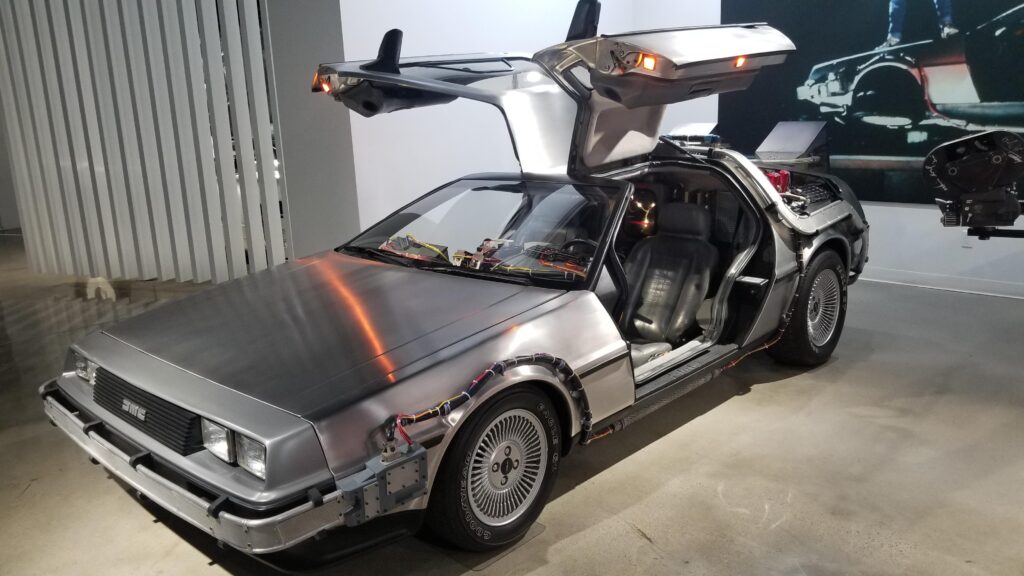
This modified 1981 DMC DeLorean became an instant star in the Back to the Future trilogy, overshadowing the original car’s limited production and mediocre sales reputation. Fitted with its distinctive gull-wing doors and the fictional “flux capacitor,” the car allowed for time travel when it hit 88 miles per hour. The sleek, unpainted stainless-steel body cemented its status as a futuristic icon. Its enduring popularity has led to countless replicas, massive appeal at auctions, and even an entire musical dedicated to the franchise, with the car taking center stage in the show’s finale. The DeLorean is now primarily known not as a car, but as a time machine.
2. The Ruby Slippers
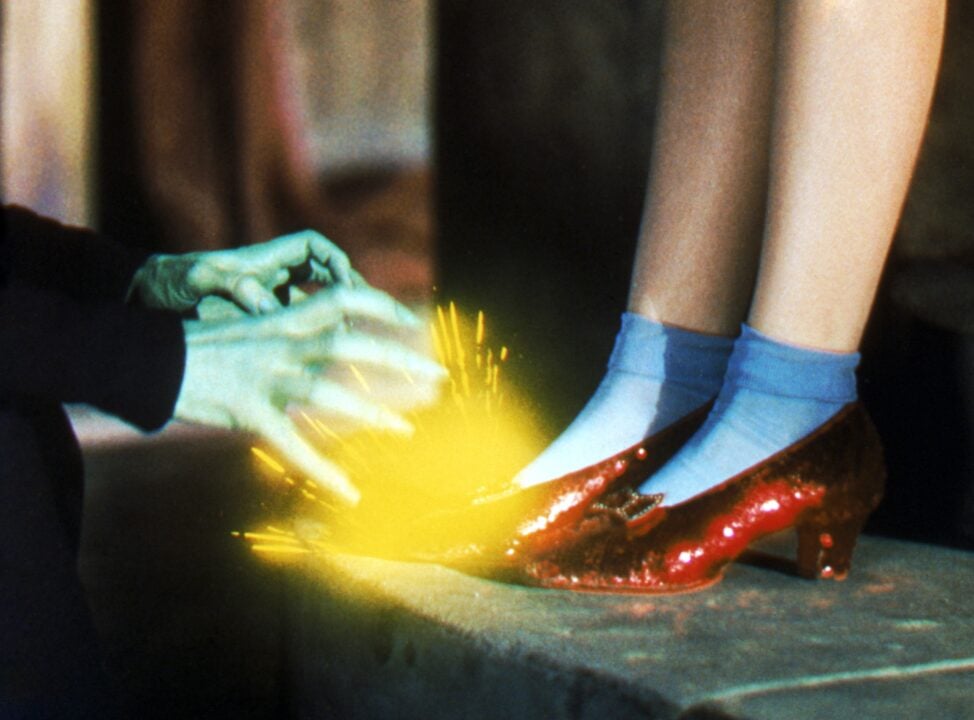
Dorothy Gale’s magnificent red shoes from the 1939 film The Wizard of Oz are among the most valuable and recognized props in film history. Originally, L. Frank Baum’s novel described them as silver, but the color was changed to a sparkling ruby red to take advantage of the Technicolor film process. Multiple pairs were created for the production, and one of the surviving pairs is housed in the Smithsonian National Museum of American History, a testament to their enduring cultural significance. The simple instruction to “click your heels together three times” became a universally recognized symbol of home and hope.
3. The Lightsaber
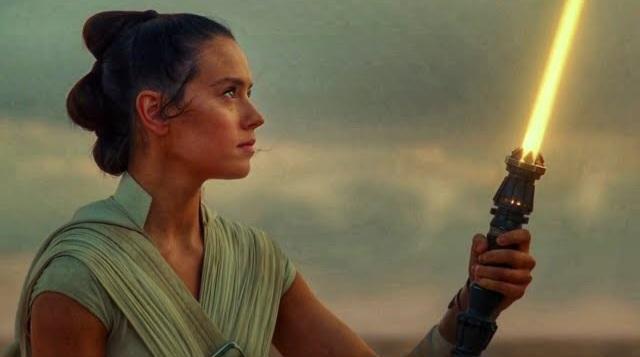
More than just a weapon, the lightsaber from the Star Wars saga is the ultimate symbol of the Jedi and Sith orders, embodying the struggle between good and evil. The elegant simplicity of the hilt and the unforgettable, electrifying hum of the energy blade instantly defines the character who wields it. The design, initially based on vintage camera flash handles for Luke Skywalker’s first model, became so iconic that countless toys and replicas have been made, making it one of the most commercially successful and globally recognized props in all of fiction. Its legacy continues to grow with every new installment in the franchise.
4. The Golden Ticket
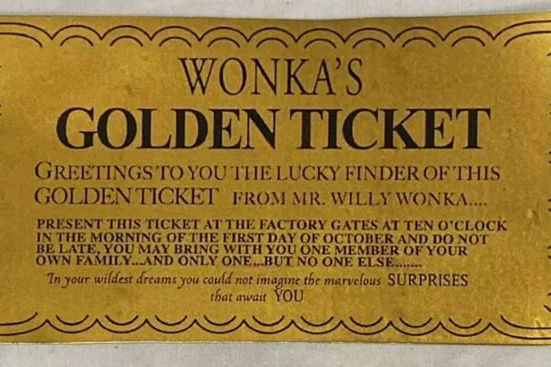
The Golden Ticket from Willy Wonka & The Chocolate Factory (1971) is a simple, yet intensely powerful object, representing a dream of abundance and adventure. The film’s premise centers entirely on the desperate search for the five golden tickets hidden in Wonka’s chocolate bars, which grant the winners a tour of the magnificent factory. This prop has cemented itself in the cultural consciousness as the ultimate prize or invitation. Renditions of the ticket are still frequently used in real-world marketing and promotional campaigns by major food companies, showcasing its timeless and universal recognition as a key to a magical world.
5. Wilson the Volleyball
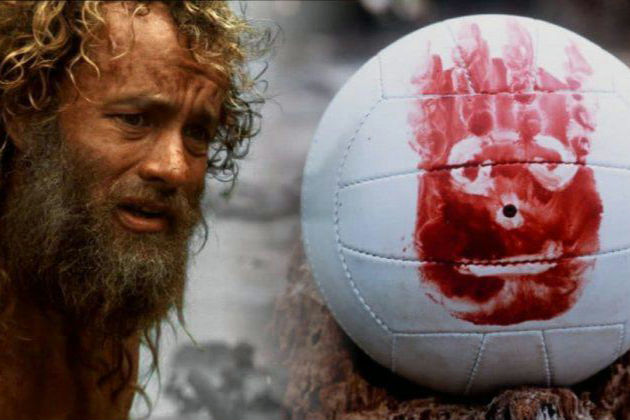
Wilson, the anthropomorphized volleyball from the 2000 film Cast Away, became the unlikely co-star and emotional core of the movie. Serving as the sole companion to Tom Hanks’ stranded character, Chuck Noland, the bloody handprint painted on the ball’s “face” gave it a unique identity. Its eventual loss at sea is one of the most emotionally devastating moments in cinema, eliciting a genuine sense of grief from audiences worldwide. The prop became so famous that multiple screen-used Wilson balls have been sold at high-profile auctions, fetching significantly more than the film’s domestic gross on some occasions.
6. The One Ring
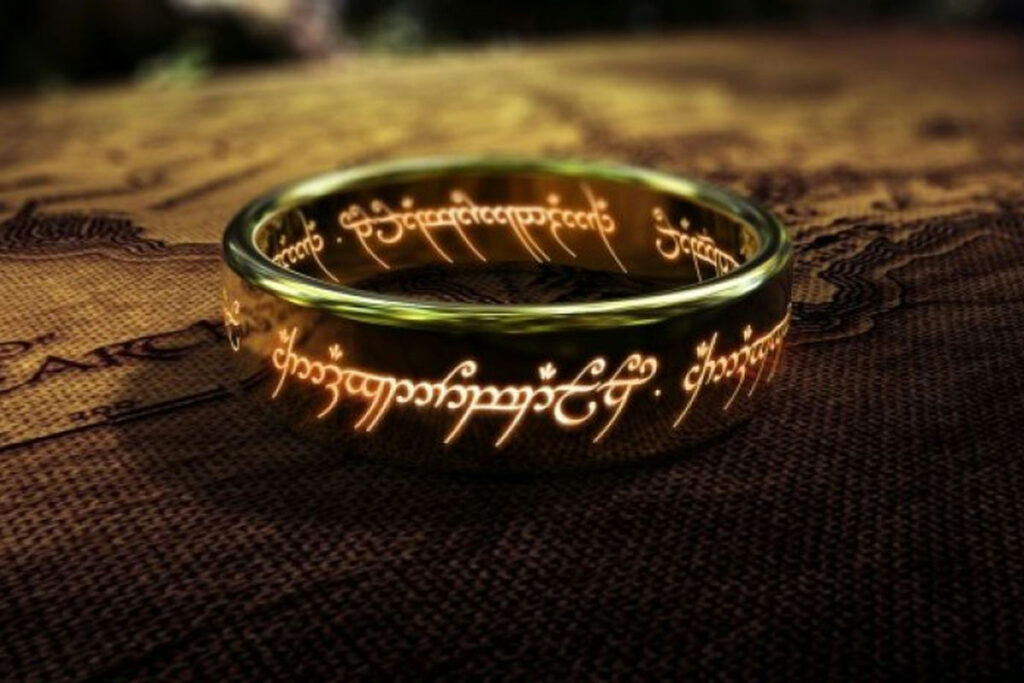
The One Ring of Power is the central, malignant force driving J.R.R. Tolkien’s epic fantasy trilogy, The Lord of the Rings, and is instantly recognizable even to those who have not read the books or seen the films. Inscribed with Elvish script that only becomes visible when heated, it is more than a piece of jewelry; it’s an artifact that corrupts all who desire it. The plain gold band’s minimalist design contrasts with its immense narrative weight, making it a powerful and marketable piece of fantasy lore. Replica rings are ubiquitous, solidifying its place as a perennial cultural touchstone.
7. Indiana Jones’ Fedora and Whip
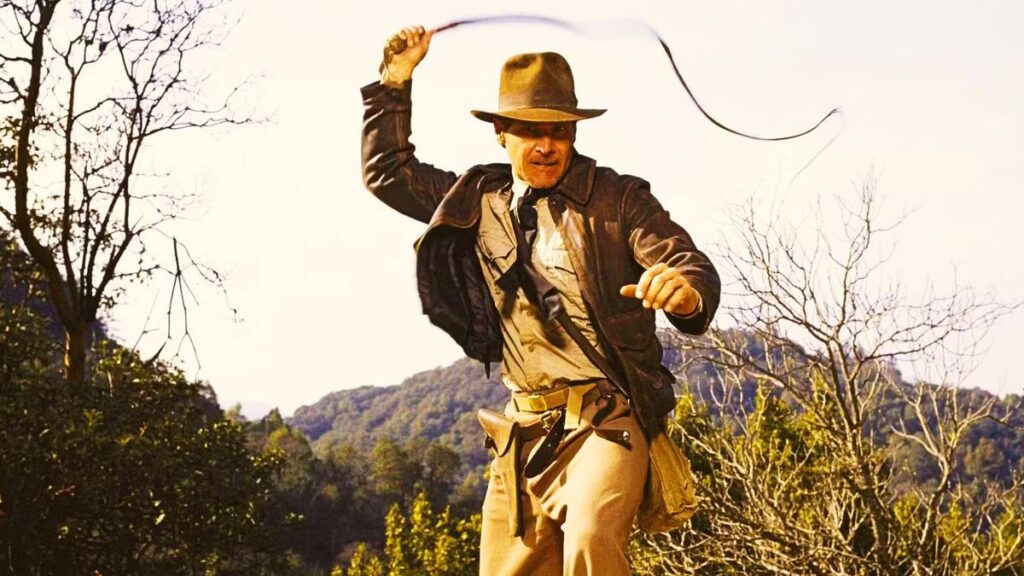
Few props are as instantly evocative of a character’s adventurous spirit as the battered fedora and bullwhip of archaeologist Dr. Henry “Indiana” Jones. The hat, a specific design selected by George Lucas, became Indy’s protective helmet and defining silhouette, while the ten-foot-long bullwhip was his versatile tool for navigation, defense, and creative problem-solving. These two items alone are enough to signal the hero’s presence. The accessories are so inseparable from the character that they are universally recognized emblems of pulp adventure and swashbuckling cinema, inspiring countless costumes and homages.
8. The Red Stapler

The simple, everyday office stapler takes on a powerful emotional significance in the 1999 cult classic Office Space. Milton Waddams’ cherished Swingline stapler, a bright red model that stands out vividly against the drab office environment, becomes a symbol of the protagonist’s fight against corporate monotony and bureaucratic indignity. Milton’s escalating attachment to, and eventual loss of, his stapler is a key comedic thread. The prop’s notoriety helped the real-life Swingline company see a dramatic increase in sales of their red model, making a mundane office supply an icon of workplace rebellion.
9. Rosebud Sled
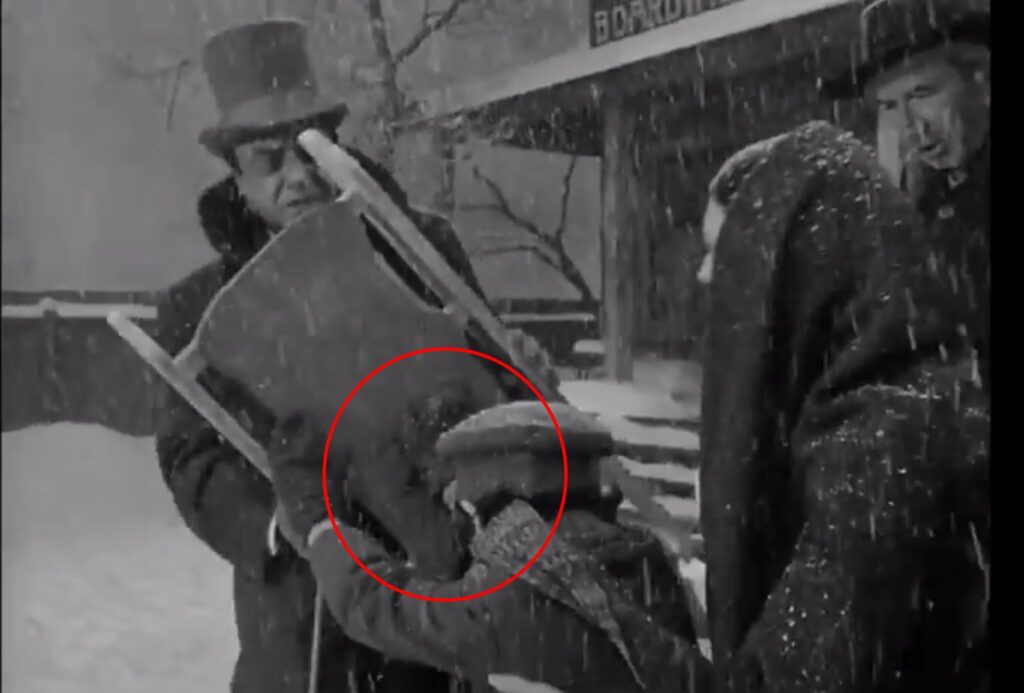
The seemingly insignificant, inexpensive wooden sled named “Rosebud” from Orson Welles’ 1941 masterpiece Citizen Kane is perhaps the most famous cinematic MacGuffin, an object that drives the plot but may not have much intrinsic meaning to the audience. Uttered as the dying word of Charles Foster Kane, the sled represents the last moment of his lost innocence before he was taken away from his childhood home. The revelation of the sled’s identity at the film’s conclusion provides a poignant emotional punch, ensuring that this prop is studied and remembered as a prime example of narrative symbolism.
10. Hannibal Lecter’s Mask
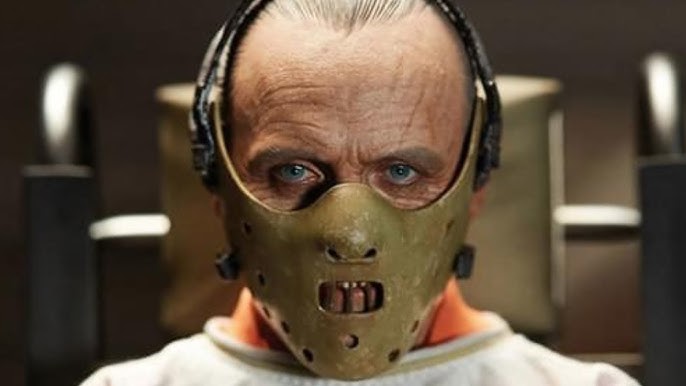
The terrifying clear hockey mask worn by Anthony Hopkins as the cannibalistic Dr. Hannibal Lecter in The Silence of the Lambs (1991) is a masterful piece of costuming that perfectly captures his menacing presence. Designed to prevent him from biting, the prop is simple yet chilling, focusing all attention on Lecter’s eyes and voice. It instantly became the visual shorthand for the character, often eclipsing other famous elements of the film. This mask is one of the most easily recognizable pieces of horror movie attire, defining the brilliant but deadly nature of the film’s antagonist.
11. The Talkboy
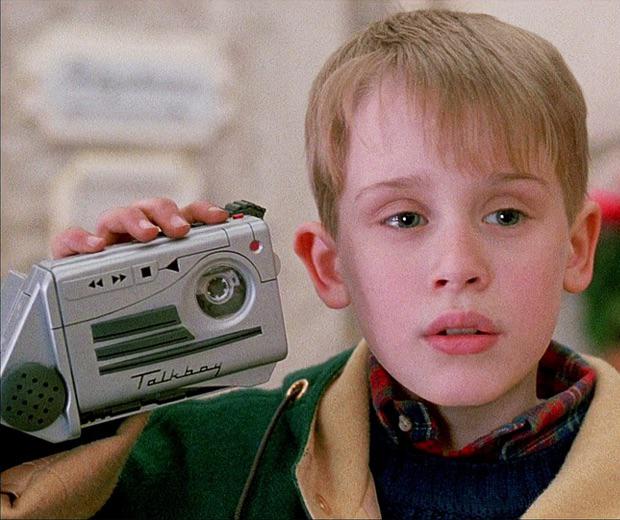
The Talkboy portable tape recorder gained enormous recognition after its debut in Home Alone 2: Lost in New York (1992), where Kevin McCallister uses it for mischief, including reserving a hotel room and confusing burglars. Interestingly, the prop was initially created for the first Home Alone film but never actually existed as a consumer product. Due to overwhelming public demand following the sequel’s release, Tiger Electronics manufactured and sold a real working version. The Talkboy became one of the most popular toys of the holiday season, a genuine instance of a fictional prop moving from the screen to the real world due to fan desire.
12. The Holy Hand Grenade of Antioch
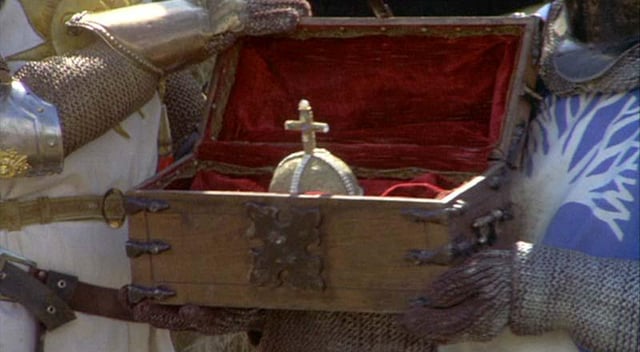
This anachronistic, ornate prop from Monty Python and the Holy Grail (1975) is a magnificent piece of comedy, a biblical-looking armament used to defeat the killer rabbit. Its delivery is preceded by a hilariously precise reading from the fictional “Book of Armaments.” The object itself, a visually stunning, jewel-encrusted grenade, serves as the perfect visual gag for the film’s absurd historical setting. Though it has a short appearance, the scene and the weapon itself are constantly referenced in pop culture, especially in video games and online forums, cementing its status as a comedic legend.
13. The Maltese Falcon Statue
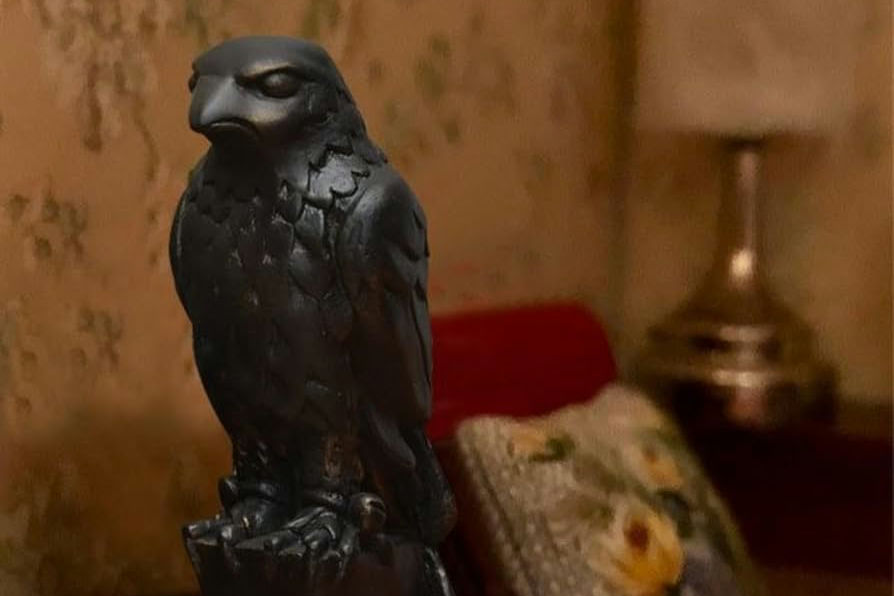
The lead figurine of a bird from the 1941 film noir classic, The Maltese Falcon, is the ultimate cinematic MacGuffin. The film’s entire plot revolves around various characters chasing this seemingly priceless object, which is ultimately revealed to be a fake made of lead. The physical prop itself has become more famous than the movie’s title in many circles, embodying the greed and mystery of the noir genre. One original plaster bird prop from the film sold at auction for over four million dollars, a remarkable price for an object whose fictional value was ultimately nothing.
14. The Red Balloon
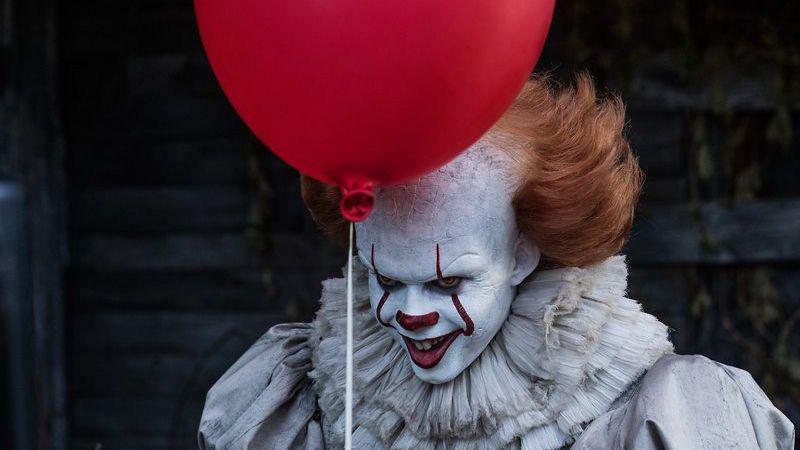
In the various adaptations of Stephen King’s novel It, the simple red balloon is the terrifying signature of the demonic entity Pennywise the Dancing Clown. The balloon is often seen floating in dark, unexpected places, symbolizing the presence of pure evil and serving as an irresistible lure for his young victims. The visual of a single red balloon has become an instant, chilling visual metaphor for concealed terror and the loss of innocence. It is a striking example of how a harmless, common object can be repurposed in cinema to evoke intense fear, cementing its fame within the horror genre.
15. Captain America’s Shield
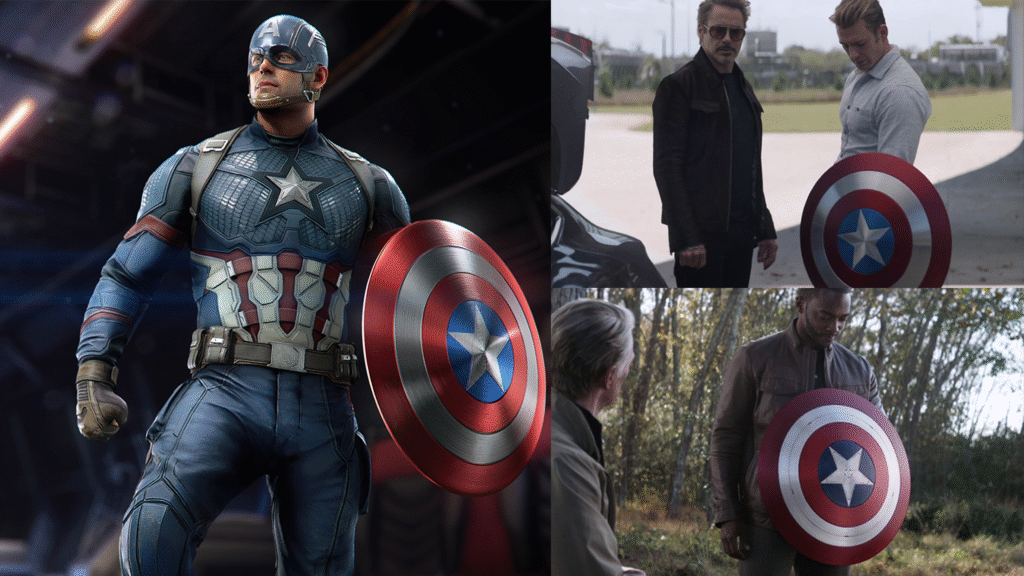
More than just a piece of military equipment, Captain America’s circular shield is a definitive symbol of American virtue and courage in the Marvel Cinematic Universe. Made of the fictional, near-indestructible metal Vibranium, its design, concentric red, white, and blue circles with a central star, is instantly recognizable globally. The shield represents a strong moral code and is Cap’s signature weapon, used for defense, offense, and often thrown like a boomerang. Its design is so iconic that it has transcended comic book lore to become a pervasive symbol in contemporary pop culture, celebrated by fans worldwide.
16. The Briefcase in Pulp Fiction
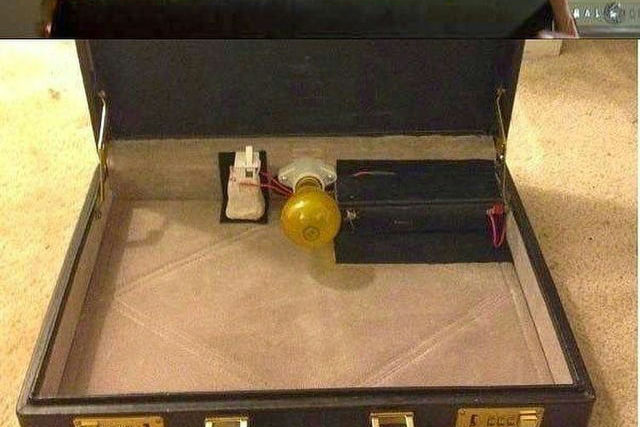
One of cinema’s most famous mysteries revolves around the glowing contents of the briefcase in Quentin Tarantino’s 1994 film Pulp Fiction. The prop itself is a standard metal case, but when opened, a gold light shines from within, mesmerizing the characters. The actual contents are never revealed, turning the briefcase into the ultimate MacGuffin, a pure device that moves the plot and motivates the characters. Its enigma has fueled decades of fan theories, ensuring the briefcase remains an object of intense curiosity and an iconic symbol of the film’s unique style.
17. The Ecto-1 Car
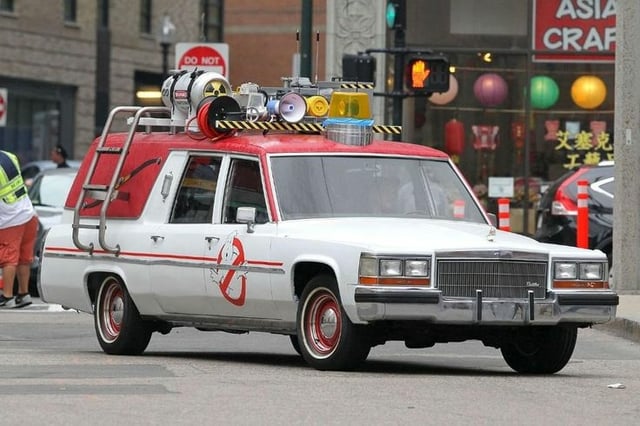
The Ecto-1 is the instantly recognizable ambulance-turned-ghost-hunting vehicle of the Ghostbusters franchise. The original car was a 1959 Cadillac Miller-Meteor professional vehicle, customized with sirens, flashing lights, and all the ghost-busting gear on the roof. The car is as much a member of the team as the heroes themselves, representing their eccentric, spirited approach to fighting paranormal threats. Its unique, memorable design has cemented its fame, and the vehicle appears in every installment of the franchise, keeping the car’s distinctive look and legacy alive across decades of pop culture.
18. The Elder Wand
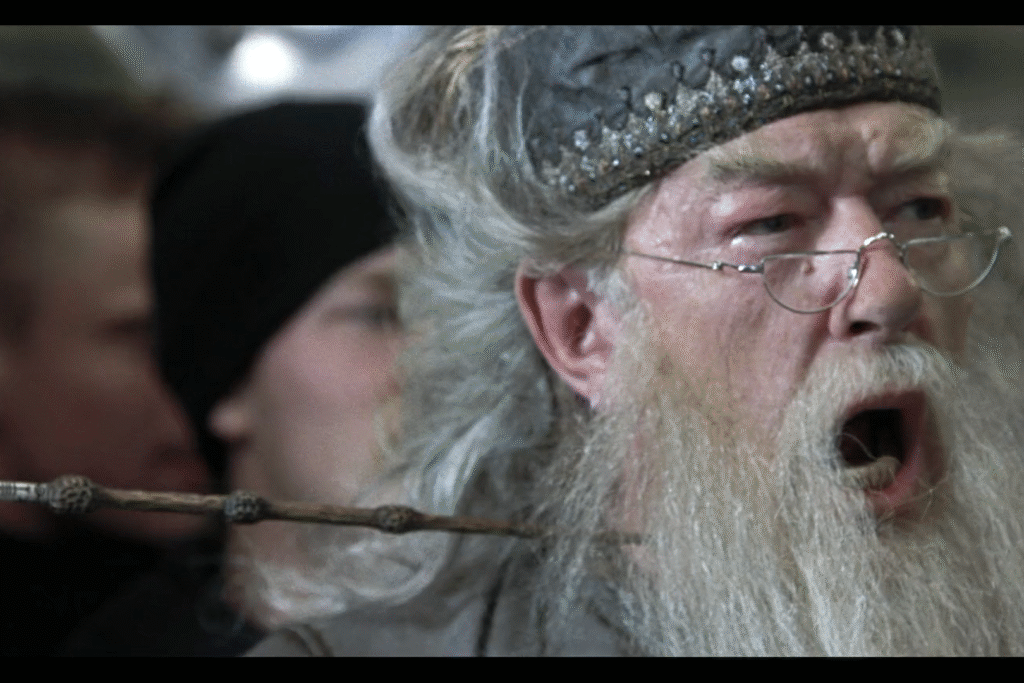
In the Harry Potter series, the Elder Wand is not just any magic stick; it’s one of the three fabled Deathly Hallows and arguably the most powerful wand in existence. Unlike other wands whose specific appearance is often secondary, the Elder Wand’s unique, gnarled design, resembling an elderberry branch with nodules, makes it visually distinct and recognizable. The quest for this legendary artifact drives a major portion of the later narrative. Its singular fame, as a symbol of ultimate, often corrupting power, has led to it becoming a favorite among fans for replica collecting, highlighting its importance outside the direct narrative.
19. The Spinning Top
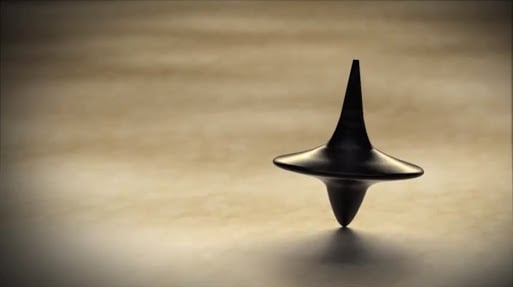
The small, metal spinning top in Christopher Nolan’s 2010 film Inception is the final, enigmatic image of the film. It is the protagonist Cobb’s totem, a personal object used to test whether he is in the real world or still in a dream. If the top continues to spin indefinitely, he is dreaming; if it falls, he is awake. The ambiguous final shot, where the top is left spinning, has sparked endless, intense debate among audiences about the film’s ending. This simple, elegant prop has become a major cinematic conversation piece, its ultimate wobble or spin forever discussed in film theory.
20. The Leg Lamp
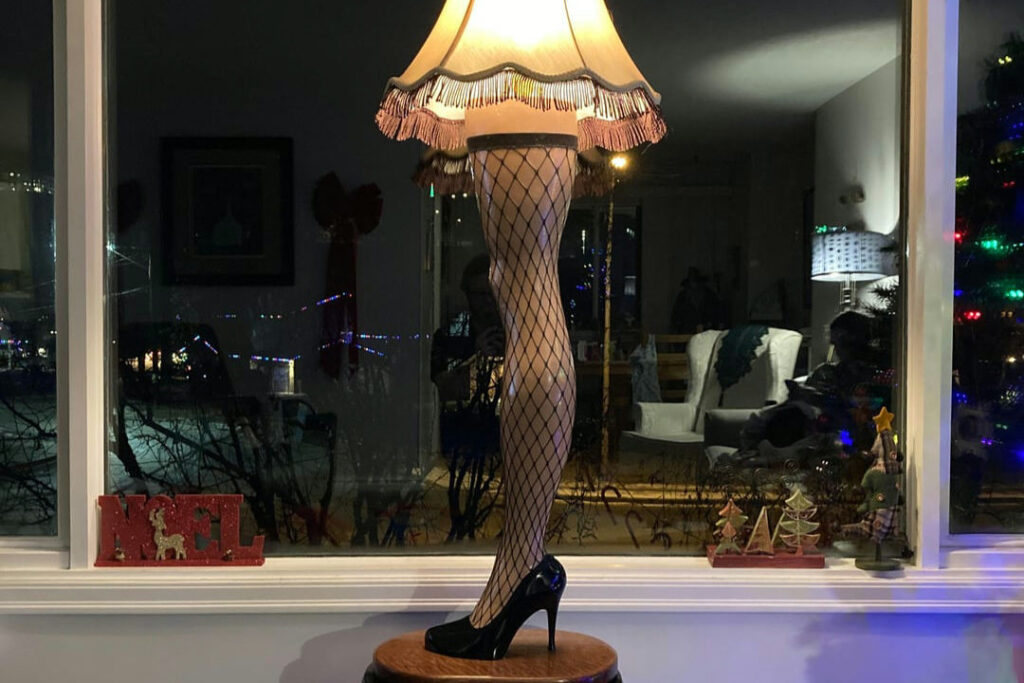
From the beloved 1983 holiday classic A Christmas Story, the “Major Award” leg lamp is one of the most affectionately recognized comedy props in film history. The bizarre, sensual lamp, shaped like a woman’s leg in a fishnet stocking and a fringed shade, is coveted by Ralphie’s father. Its unique, tacky design, combined with his famous declaration of it being a “Major Award,” makes it a memorable visual joke. The prop is so iconic that replicas are widely sold and displayed as a humorous holiday decoration, solidifying its place as a cherished, quirky piece of Christmas cinema.
From objects of immense power to symbols of the mundane, these props prove that sometimes the silent players can leave the loudest impression. They are not merely set dressing, but artifacts that define genres, drive conversation, and, most powerfully, help us connect with the stories long after the credits roll.
Like this story? Add your thoughts in the comments, thank you.
This story 20 Prop Items That Became More Famous Than the Show was first published on Daily FETCH


